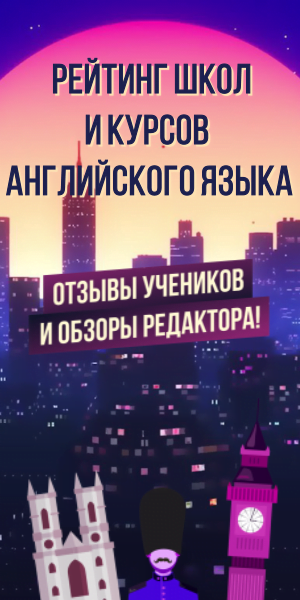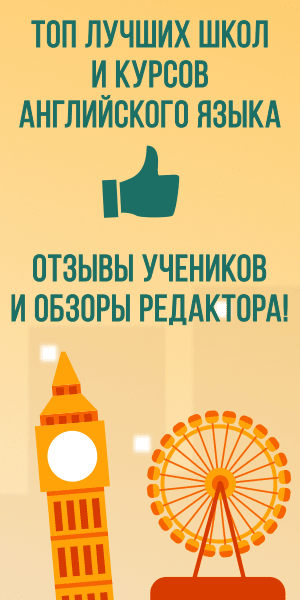The Northern lights are the name of the light phenomenon that is often seen in the northern regions of the world. The scientific name for the phenomenon is «Aurora Borealis», often called the aurora for short. The bright lights of the aurora are collisions between electrically charged particles from the sun that enter the earth’s atmosphere. Since all the planets in our galaxy are exposed to solar wind their atmospheres are electrically charged with energetic particles causing them to have auroras However every Planet has a different magnetic field. Planets like Venus, which has no magnetic field, causes it to have a very irregular aurora. Whereas Planets like Earth, Jupiter, and Saturn, have auroras in the shape of oval-shaped crowns of light on both hemispheres.
What causes the aurora are particles called electrons and protons that are energized in an environment. Which it draws its energy from the interaction of the Earth’s magnetosphere and with the solar wind. A magnetosphere is the volume of space that surrounds the Earth. The reason why the Earth has a magnetosphere is because of Earth’s internal magnetic field that extends to space until it is balanced by the solar wind. When a solar wind encounters the Earth’s magnetic field, it bends the field unless the field gets too strong. The distance at which a solar wind and a magnetic field of the Earth balances each other is about 60,000 km away, or 1/10 of the distance to the moon. When the magnetic field in the solar wind and the magnetic field of the magnetosphere are anti-parallel, the fields melt together, and the solar wind drags the magnetospheric field and plasma along. Then the magnetosphere responds by dumping electrons and protons into the high latitude upper atmosphere where the energy of the plasma can be dissipated. This then results in an aurora. The lights can be seen above both the northern and southern hemispheres on Earth. They are known as Aurora borealis in the north and Aurora australis in the south.
The Northern Lights may appear in many colors, such as pale green and pink which are the most common. Moreover, Shades of red, yellow, green, blue, and violet have been reported by a scientist. The lights may appear in many forms such as patches or scattered clouds of light to streamers, arcs, rippling curtains or shooting rays. There have been many questions conjured up among residents of the north about whether the Aurora Borealis makes sounds. There have been many attempts to record sound during a northern light phenomenon but all of whom attempted failed to produce any proof that such sounds exist. But there have been many reports throughout the centuries thus the idea that the Aurora Borealis produces sound hasn’t been ignored by a scientist.
Though the northern lights are often seen in the far northern parts of the planet. The lights may be seen in many regions on the Earth. There were more than 160 aurora sightings late Friday, August 11 and early Saturday, August 12 that were reported to the Auroral Activity Observation Network. Most reports were from the northern United States and Canada. But there were also reports from southern California, Nevada, Texas, New Mexico and Utah , Seminole, Texas, about 32 degrees north latitude; Lubbock, Texas and Anza, California, 33 degrees; Wrightwood, California, 34 degrees; Las Vegas, Nevada and Harrison, Arkansas, 36 degrees; Rio Rancho, New Mexico, roughly 35 or 36 degrees; Stokesville, Virginia, 38 degrees; Lucas Point Park, Kansas, 39 degrees; Fillmore, Utah, 38 degrees along with Emerald, Nebraska, Pittsburgh, Pennsylvania and Champaign, Illinois at 40 degrees north. The aurora borealis has fascinated, and terrified humans for thousands of years. As people began to seek explanations for the light phenomenon they came up with many theories, myths, and legends about the phenomenon. And there are still many unsolved questions about the northern light phenomenon scientist have yet to answer.
The aurora borealis (The Northern Lights) has intrigued many ancient people all throughout the history of mankind. Some drawing created by Cro-Magnon people on the walls and ceilings of caves in Southern France appeared to depict the northern lights. The rock paintings are thought to be the very first recordings of the northern lights in the history of mankind that dated back more than 30, 000 years ago. Many well-known legends, myths, and superstitions have been conjured from Northern Light phenomenon throughout the years. The early dragon legends of China and Europe are said to have originated from the aurora. Some cultures around the world have also regarded the sighting of the aurora as a sign of royal birth but also of death, destruction and the precursor for war. The Aboriginals of Scandinavia, the Sami, believed that the northern lights had supernatural powers to resolve conflicts and had auroral symbols on their magic drums. The Eskimos of North America believed that if you whistled at the aurora it would sweep down and take you from the earth. The aurora was named by a 17th Century scientist in France by the named of Pierre Gassendi who applied the name the aurora. Which he named after Aurora, the Goddess of Dawn in Roman mythology. According to the Romans, the Goddess of Dawn represented the eternal alternation of day and night. Many cultural groups around the world have legends about the northern lights. The oldest descriptions of the aurora are from Mediterranean countries and ancient China. Popular belief in Scandinavia linked the aurora to dead women, especially to die virgins.
In China, the aurora was believed to predict the forthcoming of births. In 344 BC, a Greek philosopher named Aristotle observed the aurora and compared its light with flames from known sources on Earth. There are at least five descriptions of the northern lights that exist in the Old Testament. One of them is found in the first chapter of Ezekiel. In the 6th century BC, Ezekiel, a profit-priest of ancient Israel, saw the aurora and wrote that «?a whirlwind came out of the north, a great cloud, and a fire infolding itself, and a brightness was about it, and out of the midst thereof as the color of amber, out of the midst of the fire.» (Old Testament of the Bible, Ezekiel 1:4). In ancient times, the waves of light could be seen flashing through the sky as far south as France and Italy, which struck fear into the population. Because Auroras rarely appeared that far south, the people were frightened by the sight, believing that the lights were warnings of illness, plague, and death. Up until the18th century, the northern lights were often viewed with fear and were related to the concepts of heaven and hell. Though the northern lights have been observed all throughout the history of mankind. We as humans have yet to understand the true essence of this natural light phenomenon. There are still many legends, myths, and superstitions about the aurora borealis that have not been heard or have yet to come.









